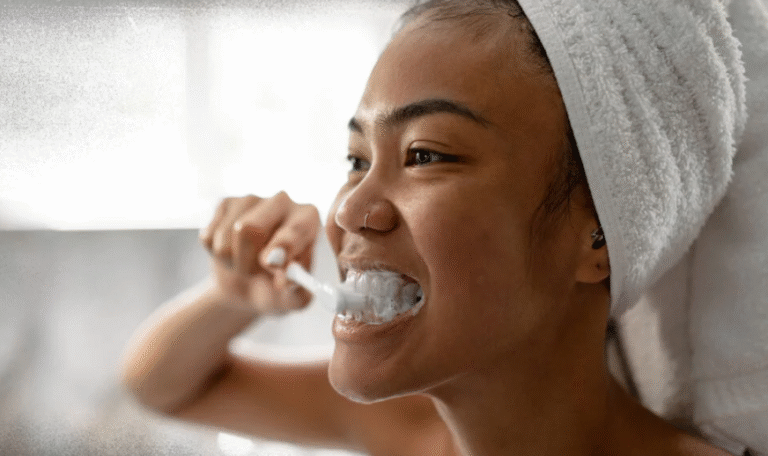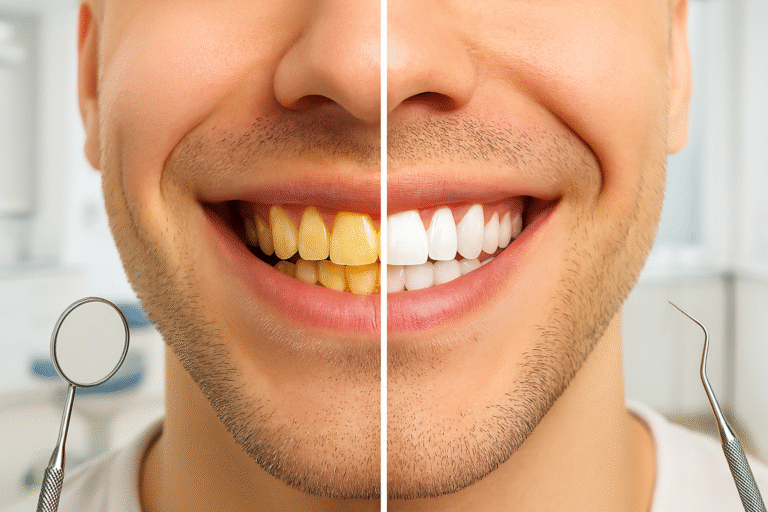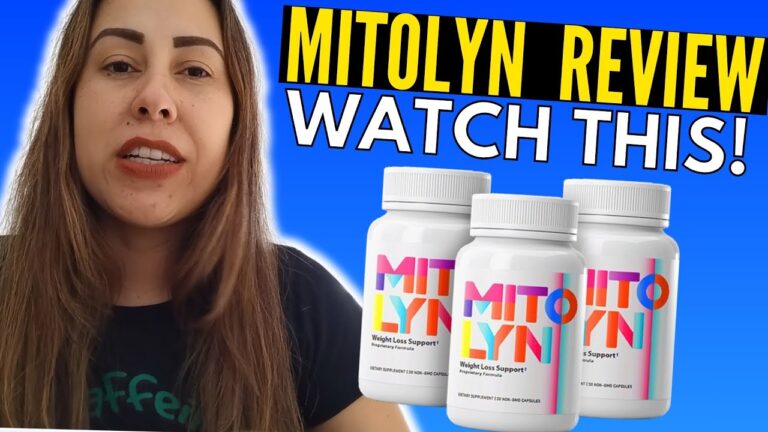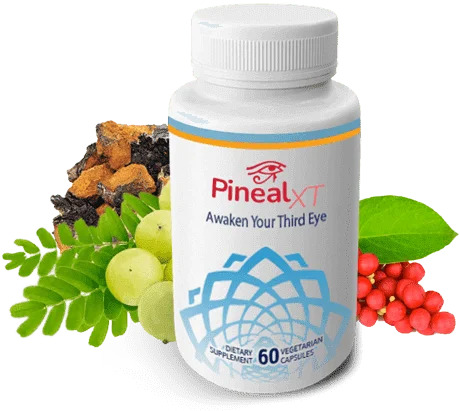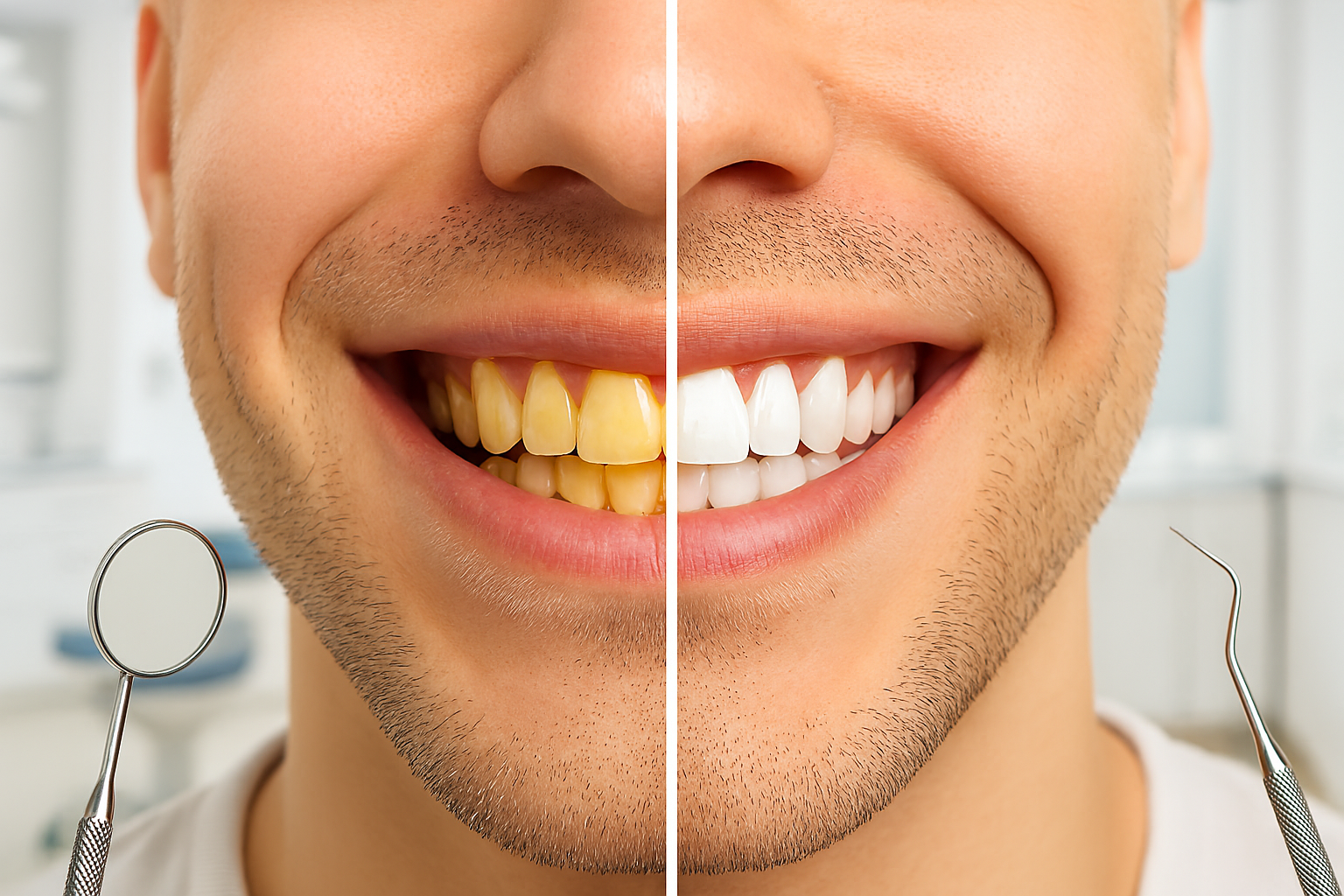
yellow teeth treatment home remedies
Discover 8 natural teeth whitening methods that dentists recommend. Safe DIY remedies using household items like baking soda, coconut oil, and more for whiter teeth.
My smile used to be my biggest insecurity. After years of coffee addiction and the occasional glass of red wine, my teeth had developed that telltale yellow tint that made me want to keep my mouth shut during photos. Professional whitening seemed too expensive, and those drugstore strips left my teeth painfully sensitive for days.
That’s when I started researching natural alternatives. What I discovered surprised me – there are actually several household items that can safely whiten teeth without breaking the bank or causing excruciating sensitivity. After testing these methods myself and consulting with dental professionals, I’ve compiled the most effective natural whitening techniques that actually deliver results.
Why Do Teeth Turn Yellow in the First Place?
Before jumping into solutions, it helps to understand what we’re dealing with. Teeth become discolored through two main processes, and knowing which type of staining you have determines which treatments will work best.
The outer layer of your teeth – the enamel – naturally wears thin as we age. Underneath lies dentin, which has a yellowish color. As enamel thins, more of that yellow dentin shows through. This is called intrinsic staining, and it’s harder to reverse with surface treatments alone.
Then there’s extrinsic staining – the surface stains from coffee, tea, wine, berries, and smoking. These are the stains that respond best to natural whitening methods. The tannins in these substances stick to tooth enamel, gradually building up layers of discoloration.
Certain medications can also cause deep stains, particularly tetracycline antibiotics taken during childhood. These create gray or brown bands that are notoriously difficult to whiten with any method.
8 Natural Teeth Whitening Methods That Work
1. Baking Soda – The Gentle Scrub That Removes Surface Stains
I was skeptical about baking soda at first. How could something so simple actually work? Turns out, its mild abrasive properties make it perfect for polishing away surface stains without damaging enamel – when used correctly.
The key is creating the right consistency. Mix one teaspoon of baking soda with just enough water to form a paste. It should be thick enough to stay on your toothbrush but not so thick that it feels gritty. Brush gently for about two minutes, focusing on stained areas.
I started noticing results after about a week of using this three times per week. The yellow film on my front teeth gradually lightened, and my dentist actually commented on the improvement during my next cleaning.
Important note: Don’t use baking soda daily. Its abrasive nature means overuse can wear down enamel. Stick to 2-3 times per week maximum, and skip it entirely if you have sensitive teeth or worn enamel.
2. Oil Pulling – Ancient Technique, Modern Results
Oil pulling sounds weird until you try it. The practice involves swishing oil in your mouth for 15-20 minutes to “pull” bacteria and toxins from your teeth and gums. While it won’t dramatically whiten severely stained teeth, it does remove the bacterial film that can make teeth look dull and yellow.
Coconut oil works best because of its antimicrobial properties, though sesame or sunflower oil also work. Start with just 5 minutes if 20 feels too long – you’ll work up to it. The oil will become thinner and turn whitish as it mixes with saliva and pulls out bacteria.
After three weeks of daily oil pulling, I noticed my teeth looked brighter and felt incredibly smooth. My hygienist mentioned less plaque buildup too, which surprised me since I hadn’t changed anything else in my routine.
Pro tip: Don’t spit the oil down the drain – it can solidify and clog pipes. Spit into the trash or outside.
3. Hydrogen Peroxide – The Active Ingredient in Most Whitening Products
Most professional whitening treatments use hydrogen peroxide, so it makes sense that the 3% solution from your medicine cabinet can help too. The peroxide breaks down stain molecules through oxidation, literally bleaching them colorless.
You can use it as a mouth rinse by mixing equal parts 3% hydrogen peroxide and water. Swish for 30-60 seconds, then rinse thoroughly with plain water. Some people mix it with baking soda to create a whitening paste, though this combination can be harsh.
I prefer the rinse method and use it every other day. Within two weeks, I saw noticeable whitening, especially on my front teeth where coffee stains were most visible.
Safety warning: Never use concentrations higher than 3%, and don’t swallow it. If you experience increased sensitivity or gum irritation, reduce frequency or stop using it entirely.
4. Strategic Diet Changes – Prevention is Worth a Pound of Cure
This isn’t exactly a whitening method, but changing what you eat and drink can prevent new stains while natural treatments work on existing ones. I learned this the hard way – there’s no point in whitening if you’re constantly re-staining.
The biggest culprits are beverages: coffee, black tea, red wine, and dark sodas. I wasn’t willing to give up my morning coffee, so I started drinking it through a straw and rinsing with water afterward. This simple change made a huge difference.
Foods matter too. Berries, tomato sauce, curry, and balsamic vinegar can all stain teeth. I don’t avoid them completely, but I’m more mindful about rinsing afterward and not letting acidic foods sit on my teeth.
On the flip side, certain foods can actually help whiten teeth. Strawberries contain malic acid, which can help remove surface stains. Pineapple has bromelain, an enzyme that may help break down plaque. Crunchy fruits and vegetables like apples and carrots act like natural toothbrushes.
5. Apple Cider Vinegar – Use Sparingly
Apple cider vinegar gets recommended a lot for teeth whitening, and while it can remove some surface stains, I’m cautious about recommending it. The acetic acid in vinegar can soften tooth enamel, potentially making teeth more susceptible to decay and erosion.
If you want to try it, dilute it significantly – one part vinegar to at least three parts water. Use it as a rinse for no more than 30 seconds, then rinse thoroughly with plain water. I tried this method for a few weeks and did see some whitening, but I stopped when I noticed increased sensitivity.
Many dentists advise against using vinegar regularly for teeth whitening. The potential for enamel damage outweighs the modest whitening benefits.
6. Whitening Fruits – Nature’s Enzyme Treatment
Certain fruits contain natural enzymes that may help whiten teeth, though the science is still developing. Papaya contains papain, and pineapple has bromelain – both enzymes that can break down proteins and may help remove surface stains.
Rather than rubbing fruit directly on teeth (which can expose them to acids), I incorporate these fruits into my diet regularly. The enzymes work systemically while you eat, and you get the nutritional benefits too.
Some people make pastes from these fruits, but I’d be careful with this approach. The natural acids in fruit can soften enamel temporarily, making teeth more vulnerable to damage from brushing.
7. Activated Charcoal – Popular but Questionable
Activated charcoal became hugely popular on social media, with dramatic before-and-after photos showing whiter teeth. The theory is that charcoal’s porous surface absorbs stains and bacteria.
I tried this method for about a month, using food-grade activated charcoal powder mixed with water to form a paste. While my teeth did appear slightly whiter, I’m not convinced the charcoal itself was responsible. It might have been the thorough brushing and rinsing routine that came with using it.
The bigger concern is safety. Activated charcoal is highly abrasive and can wear down enamel with regular use. It can also get stuck in dental work and may interfere with medications by absorbing them in your digestive system.
Most dentists I’ve spoken with don’t recommend activated charcoal for teeth whitening due to these safety concerns and lack of solid research proving its effectiveness.
8. Good Old-Fashioned Oral Hygiene
This might seem obvious, but improving your basic oral hygiene routine can make teeth appear significantly whiter by removing plaque and surface stains that make teeth look dull and yellow.
I upgraded from a regular toothbrush to an electric one, which removes more plaque and surface stains. I also started flossing daily (honestly, I was inconsistent before) and using a whitening mouthwash.
The combination of better mechanical cleaning and consistent routine made a noticeable difference in just a few weeks. My teeth looked brighter and felt cleaner throughout the day.
What About Professional Treatments?
Natural methods work well for surface stains and general brightening, but they have limitations. Deep, intrinsic stains from medications or genetics typically need professional treatment to see dramatic results.
Professional whitening uses higher concentrations of peroxide (15-35% versus the 3% you can buy over-the-counter) and can lighten teeth several shades in one session. However, it’s expensive – typically $300-800 – and can cause significant sensitivity.
I ultimately combined both approaches: professional whitening to address my deepest stains, followed by natural methods for maintenance. This gave me the dramatic initial results I wanted while keeping costs reasonable long-term.
Safety Considerations and Red Flags
Natural doesn’t automatically mean safe. Here are warning signs to watch for:
- Increased tooth sensitivity that lasts more than 24 hours after treatment
- Gum irritation, bleeding, or swelling
- Changes in tooth texture or translucency
- Pain during or after whitening treatments
If you experience any of these symptoms, stop the treatment immediately and consider consulting a dentist.
Some people should avoid certain natural whitening methods entirely:
- Pregnant or breastfeeding women should avoid hydrogen peroxide
- People with extensive dental work may see uneven results
- Those with gum disease should address that first
- Children and teens with developing teeth should stick to good hygiene rather than whitening treatments
Setting Realistic Expectations
Natural whitening methods work, but slowly and subtly. You’re not going to get Hollywood-white teeth from baking soda and coconut oil. What you will get is cleaner, brighter teeth that look healthier overall.
I saw the most improvement in the first month, then gradual continued improvement over the next few months. The key is consistency – sporadic treatments won’t give you the results you want.
It’s also worth noting that teeth have a natural color range, and some people’s teeth are naturally more yellow or gray than others. Natural whitening can help you achieve the whitest version of your natural tooth color, but it can’t change your fundamental tooth color.
My Personal Results and Recommendations
After six months of trying various natural whitening methods, here’s what worked best for me:
Most effective: Baking soda paste 3x per week combined with daily oil pulling Fastest results: Hydrogen peroxide rinse every other day Best for maintenance: Improved oral hygiene routine plus dietary changes Most overrated: Activated charcoal (minimal results, safety concerns)
The combination approach worked better than any single method. I start each day with oil pulling while I check emails, use baking soda paste three evenings per week, and do a hydrogen peroxide rinse twice weekly.
My teeth are noticeably whiter than when I started – probably 2-3 shades lighter based on comparing photos. More importantly, they feel cleaner and healthier overall.
The Bottom Line
Natural teeth whitening requires patience and consistency, but it can deliver real results without the cost and sensitivity of professional treatments. The key is choosing methods backed by science, using them safely, and having realistic expectations about outcomes.
Start with one or two methods rather than trying everything at once. This lets you monitor what’s working and avoid overwhelming your teeth with too many treatments. Most people see initial results within 2-4 weeks of consistent use.
Remember that the best whitening method is prevention. Limiting staining substances, rinsing after meals, and maintaining excellent oral hygiene will keep your teeth as white as possible naturally. Natural whitening methods work best as part of an overall oral health routine rather than standalone treatments.
Your smile is worth the effort, and natural whitening offers a safe, affordable way to achieve the brighter teeth you want. Just be patient with the process and prioritize your dental health above all else.
Dr. Sonya, founder of ColibriCreation.com, is a respected health expert from the USA with a deep passion for holistic wellness, natural remedies, and evidence-based health education.
